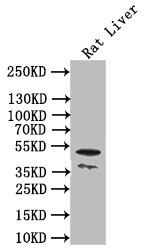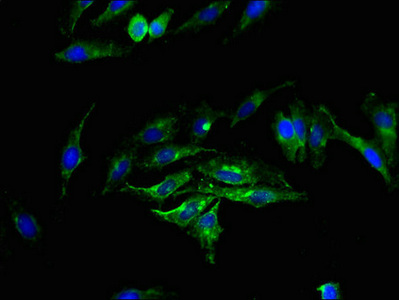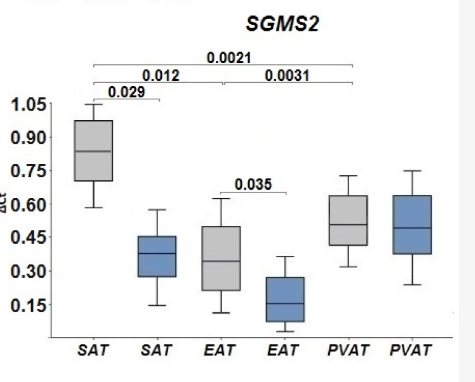The SGMS2 polyclonal antibody was produced by administering the recombinant human phosphatidylcholine: ceramide choline phosphotransferase 2 protein (1-79aa) to a rabbit to elicit an immune response. The resulting rabbit blood was collected and subjected to protein G affinity chromatography to purify the SGMS2 polyclonal antibody, which has a purity of over 95%.
This high-purity antibody has been shown to react with both human and rat samples and has been extensively validated for use in various applications, such as ELISA, WB, IF, and IHC. These applications allow for the detection of the presence and quantity of SGMS2 protein, visualization of its distribution and localization, and identification.









